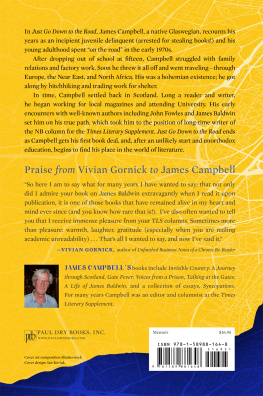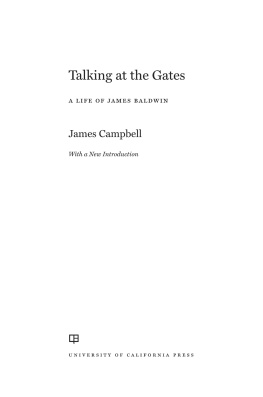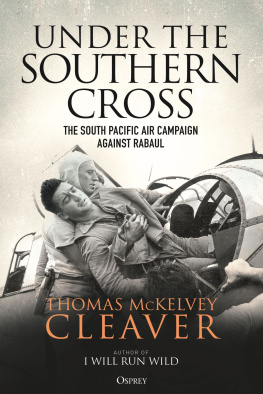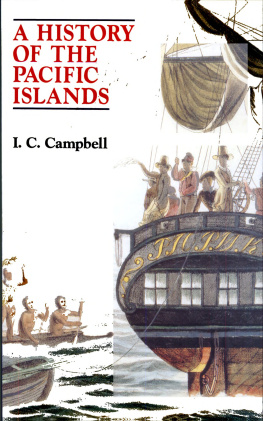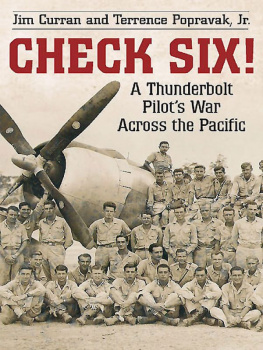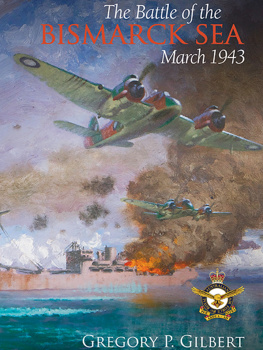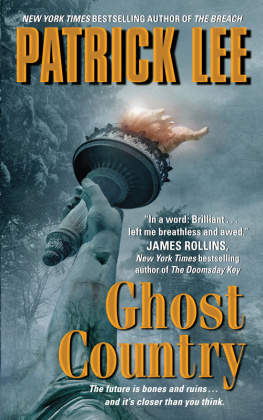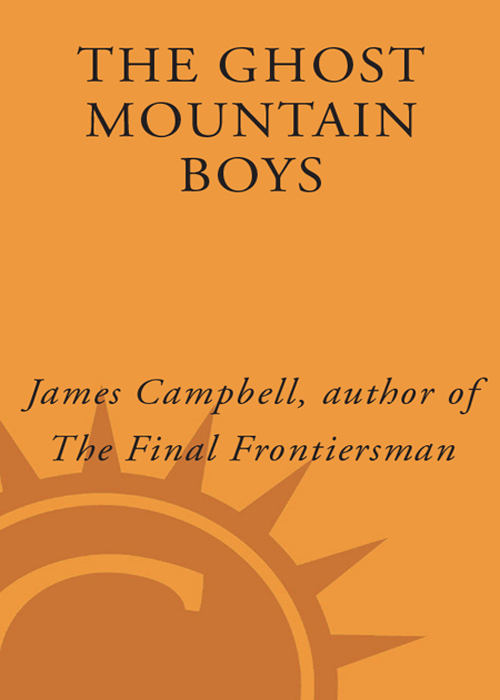
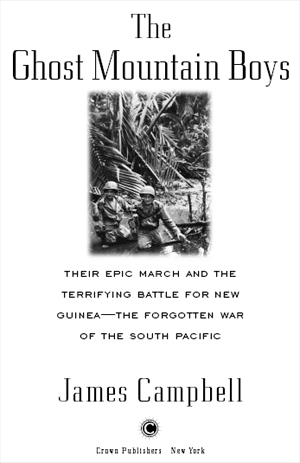
Contents
To Elizabeth, for her patience and grace, and to our
daughters Aidan, Rachel, and Willa
And to the Red Arrow men of New Guinea and their families
A Guide to the Books Major Characters
U.S. COMMAND STRUCTURE
General Douglas MacArthur: Commander in Chief Southwest Pacific Area
Major General Richard Sutherland: MacArthurs Chief of Staff
Brigadier General Charles Willoughby: MacArthurs Head of Intelligence (G-2)
Major General George Kenney: Commander of Allied Air Forces
Brigadier General Hugh Casey: MacArthurs Engineer Officer
Major General Edwin Forrest Harding: Commanding General 32nd U.S. Infantry Division from February 1942December 1, 1942
Lieutenant General Robert Eichelberger: Commander I Corps. Assumed command of all U.S. forces east of the Girua River in early December 1942
AUSTRALIAN COMMAND STRUCTURE
General Sir Thomas Blamey: Commander Allied Land Forces SWPA
Major General Basil Morris: General Officer Commanding New Guinea Force
Lieutenant General Sydney Rowell: Replaced Morris as General Officer Commanding New Guinea Force on August 10, 1942
Lieutenant General Edmund Herring: Replaced General Rowell in late October 1942
Major General Arthur Tubby Allen: General Officer Commanding 7th Australian Division
Major General George Vasey: Replaced Tubby Allen as Commanding Officer of the 7th Australian Division on October 27, 1942
32ND U.S. INFANTRY DIVISION
Colonel Lawrence Quinn: Commander 126th Infantry Regiment until November 5
Colonel John Mott: Temporary Commander Urbana Force
Colonel John Grose: Assumed command of Urbana Force on December 4, 1942. Three days later, turned over command of Urbana Force to Colonel Clarence Tomlinson. Then took over command of the 127th Infantry Regiment. Resumed command of Urbana Force on December 20, 1942
Lieutenant Colonel Clarence Tomlinson: Assumed command of the 126th Infantry after Quinn. Took over command of Urbana Force on December 7, 1942. Relieved of duties on December 20 due to exhaustion, but remained Commander of the 126th Infantry
Lieutenant Colonel Herbert Smith: Commander 2nd Battalion 128th Infantry Regiment
Major Herbert Stutterin Smith: Commander 2nd Battalion 126th Infantry Regiment
Captain William Jim Boice: Regimental Intelligence Officer (G-2), and leader of the Pathfinder Patrol
URBANA FRONT
Lieutenant Robert Odell: Platoon leader Company F 2nd Battalion 126th Infantry Regiment. Took command of the company in early December 1942
Lieutenant James Hunt: Head of communications section attached to Company E, then F, and eventually Battalion Headquarters 126th Infantry Regiment
Sergeant Herman Bottcher: Platoon commander Company H 2nd Battalion 126th Infantry Regiment. Attached to Company G
COMPANY G 2ND BATTALION 126TH INFANTRY REGIMENT
Lieutenant Cladie Gus Bailey: Commanding Officer
Sergeant Don Stout
Sergeant Don Ritter
Corporal Stanley Jastrzembski
Corporal Carl Stenberg
Privates First Class Russell Buys, Samuel DiMaggio, Chester Sokoloski
COMPANY E 2ND BATTALION 126TH INFANTRY REGIMENT
Captain Melvin Schultz: Commanding Officer
1st Sergeant Paul Lutjens
Sergeant John Fredericks
Private First Class Arthur Edson
SANANANDA FRONT
Captain Alfred Medendorp: Leader of the Wairopi Patrol, Commanding Officer of Cannon and K Companies
Captain Roger Keast: Second-in-command Wairopi Patrol, and Commanding Officer Antitank Company
Captain John Shirley: Commanding Officer Company I 3rd Battalion 126th Infantry Regiment
Captain Meredith Huggins: Operations Officer (S-3) 3rd Battalion 126th Infantry Regiment
Lieutenant Peter Dal Ponte: Commanding Officer Service Company 3rd Battalion 126th Infantry Regiment
Lieutenant Hershel Horton: Platoon Commander Company I 3rd Battalion 126th Infantry Regiment
Father Stephen Dzienis: Chaplain 126th Infantry Regiment
Lieutenant Lester Segal: Physician assigned to Wairopi Patrol
Major Simon Warmenhoven: Regimental Surgeon, 126th Infantry Regiment. Served on both Sanananda and Buna Fronts
Authors Note
IN 1884 THE ISLAND of New Guinea was partitioned by three Western powers. The Dutch claimed the western half (it was handed over to Indonesia in November 1969 and is now called the province of Papua, formerly Irian Jaya), and the Germans and British divided the eastern half. The southern section of the eastern half became a British protectorate (British New Guinea Territory) and passed to Australia in 1906 as the Territory of Papua. The northern section formed part of German New Guinea, or Kaiser-Wilhelmsland. During World War I, it was occupied by Australian forces and in 1920 was mandated to Australia by the League of Nations. It became known as the Territory of New Guinea.
Although the Battles of Buna and Sanananda took place in the Territory of Papua, because people generally refer to the island as New Guinea, I do, too, in order to avoid potentially confusing distinctions.
Introduction
NEW GUINEA WAS an unlikely place in which to wage a war for world domination. It was an inhospitable, only cursorily mapped, disease-ridden land. Almost no onenot the elite units of the Japanese forces that invaded New Guineas north coast in July 1942, not the Australian Imperial Forces or its militia, and maybe least of all the U.S. Armys 32nd Red Arrow Divisionwas prepared for what military historian Eric Bergerud calls some of the harshest terrain ever faced by land armies in the history of the war.
In New Guinea, exhaustion and disease pushed armies to the breaking point. Losses to malaria alone were crippling. Sixty-seven percent of the 14,500 American troops involved in the battles for Buna and Sanananda contracted the disease. On the Sanananda Front, casualties due to malaria were over 80 percent.
The suffering was enormous on all sides. For the Americans, it could have been alleviated, at least initially, by better planning. But eventually the topography and climate would still have exacted a terrible toll.
By the time the Red Arrow men arrived in New Guinea in September 1942, U.S. Marine troops were already fighting a brutal, well-documented land battle at Guadalcanal in the Solomon Islands. The marines had a superbly oiled publicity machine that kept them in the spotlight. The 32nd Divisions soldiers fighting in New Guinea felt forgotten. The American public, in particular, suffered from the misperception that except for Guadalcanal, the South Pacific was a naval war with a few insignificant ground operations thrown in for good measure. By October 1944, they knew that General Douglas MacArthur, who had fled the Philippines, had returned two and a half years later, keeping his promise. But they had little idea of what went on in the interim, which is to say that they had scant knowledge of the land war in New Guinea. Americans lack of interest revealed a geographical ignorance. The European frontand the exception of Guadalcanalthey could comprehend. The vast blue Pacific with its obscure island nations remained a mystery.
Next page

